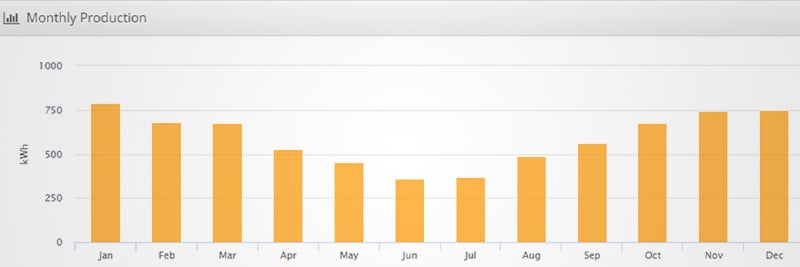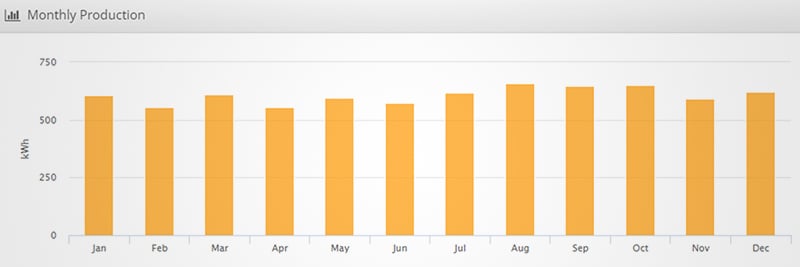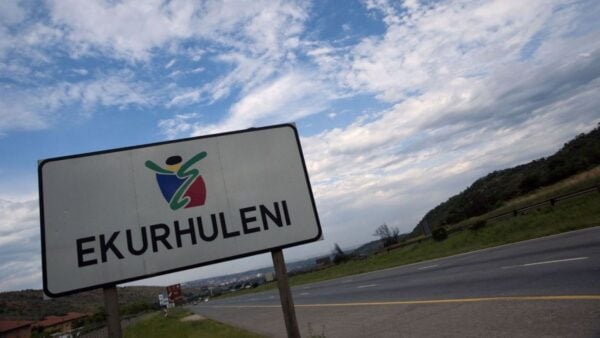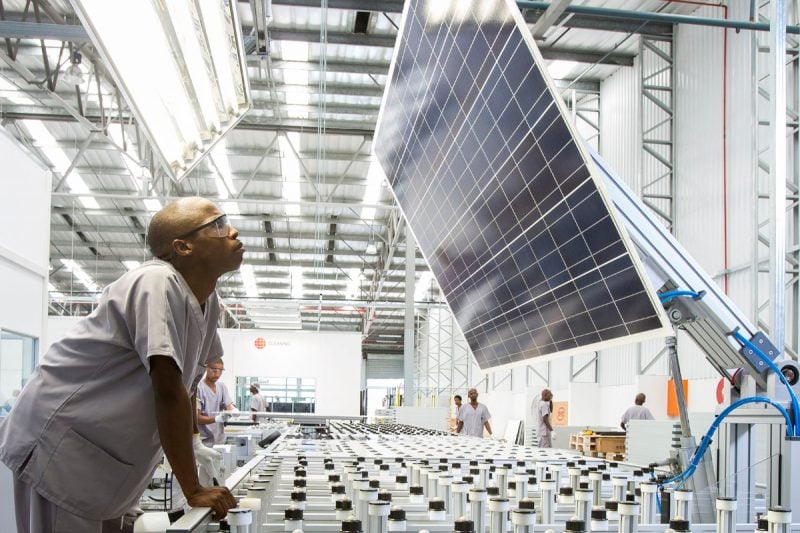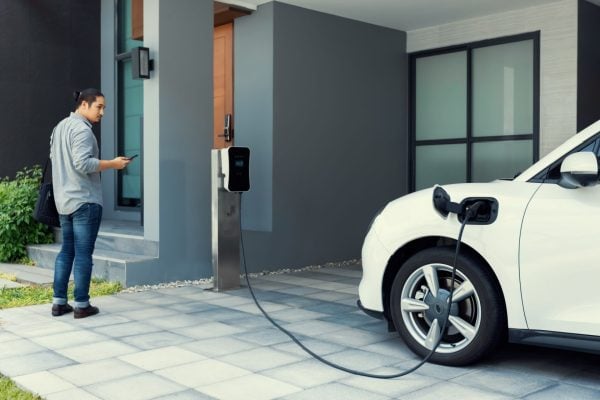Good news for these solar power users
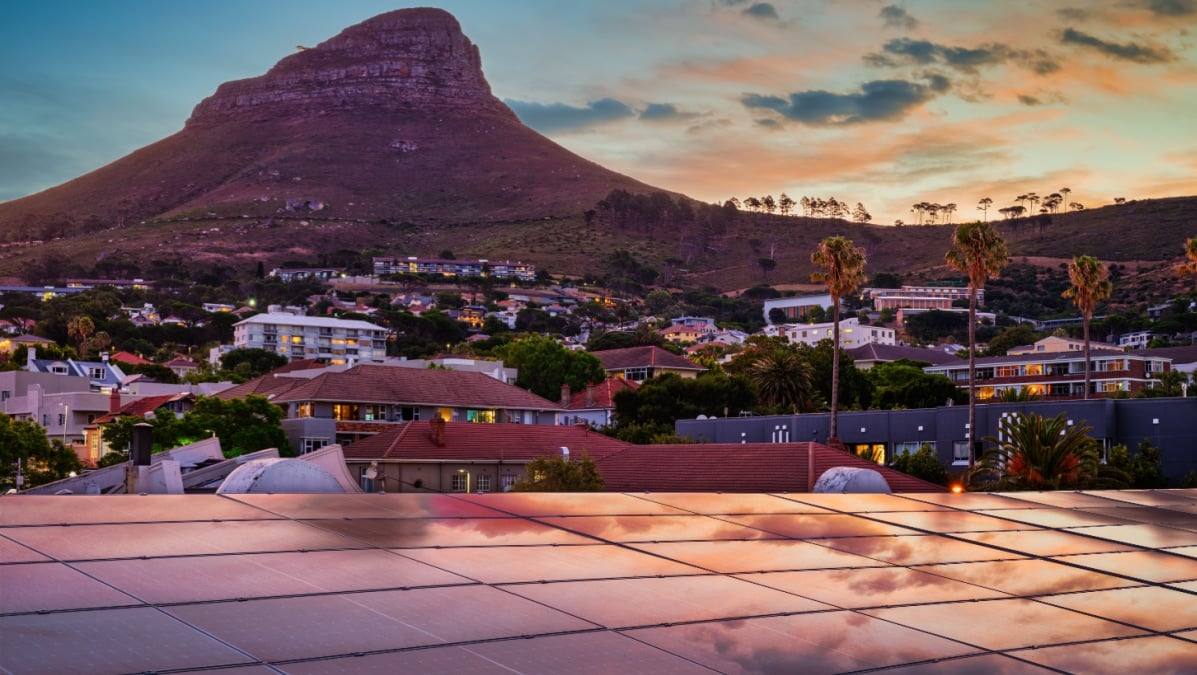
Solar power users in the Western Cape could see unusually high electricity production during the coming winter, a period in which their self-generated energy often plunges well below summer levels.
The South African Weather Service has forecast a high likelihood of a drier-than-normal autumn and winter in the southwestern parts of the country in 2025.
This includes the Western Cape and parts of the Eastern Cape and Northern Cape — which get most of their annual rainfall during this period.
The biggest reduction is expected in the far eastern parts of the Western Cape — which includes towns like Mossel Bay, Knysna, George, and Plettenberg Bay.
While the development could raise concerns over water scarcity and challenges for winter crops, it may be good news for households and businesses with solar power systems.
With less rainfall than usual, solar power users in the province may not have to battle it out with clouds as frequently as they would in a regular winter.
Long-lasting cloudy weather — combined with fewer hours of sunshine due to shorter winter days — can extract a heavy toll on solar production in the Western Cape.
Major solar energy installer AWPower previously provided MyBroadband with an example of how the solar production in the region plummeted during the winter.
It explained that one of its Cape Town-based customers had a large system that could produce 1,000kWh of energy during a peak summer month.
During the worst month of production in the winter — typically June or July 2025 — it could drop as low as 300kWh. That means it produces less than 30% of its peak production capacity.
Such a reduction has a big impact on a customer’s electricity bill.
In another example, AWPower provided a graph that showed how a 4kWp system in Durbanville in Cape Town produced around 750kWh in three summer months of November, December, and January.
That same system’s production dropped below 500kWh from April to August, with the lowest being around 350kWh in June and July.
More stable solar production in northern metros
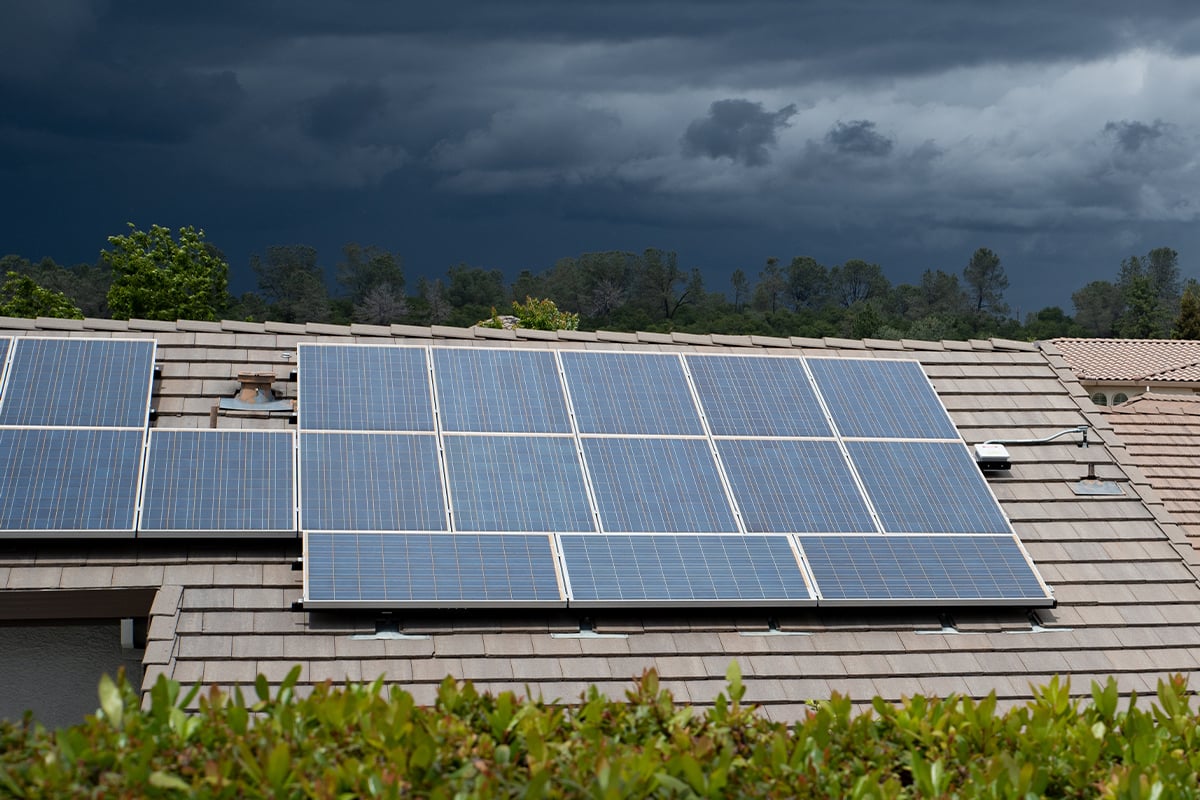
Over the same year, another AWPower-installed system with identical specifications in Johannesburg had a lower peak monthly production than the Cape Town system.
However, the system’s worst month — April — still produced well over 500kWh of energy per month.
Monthly production varied between about 550kWh and 650kWh, meaning it had a much more stable production profile.
Johannesburg and Pretoria receive most of their rain during the summer, as do most areas in the north eastern and central parts of South Africa.
In contrast to the Western Cape’s wet winters, those in Gauteng, Free State, Limpopo, North West, and Mpumalanga tend to be dry.
While sunshine hours are also less, cloud cover is also much less than typically experienced in the country’s winter rainfall regions.
The cooler weather also helps reduce overheating of solar panels, which can worsen production efficiency.
In the summer, the region can have periods of inclement weather and more clouds, with a handful of days seeing relatively low production.
However, the impact of this is offset by many hours without clouds and higher irradiance.
The region’s rainfall also tends to be more sporadic, with late afternoon and night-time thunderstorms rather than days-long consistent rain with continuous cloud cover like in the Western Cape.
With the latter being less frequent in the coming winter, Cape Town’s solar production profile could be slightly closer to Johannesburg’s this winter.
The company provided the two graphs below comparing the monthly production of a 4kWp solar power system in Cape Town and Johannesburg.
